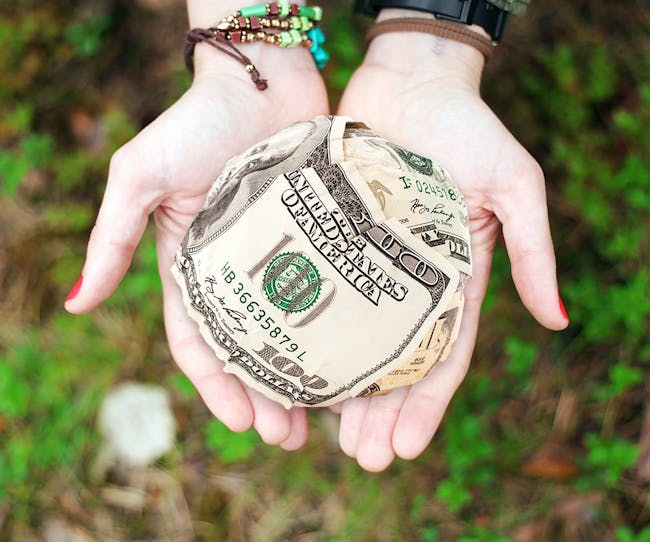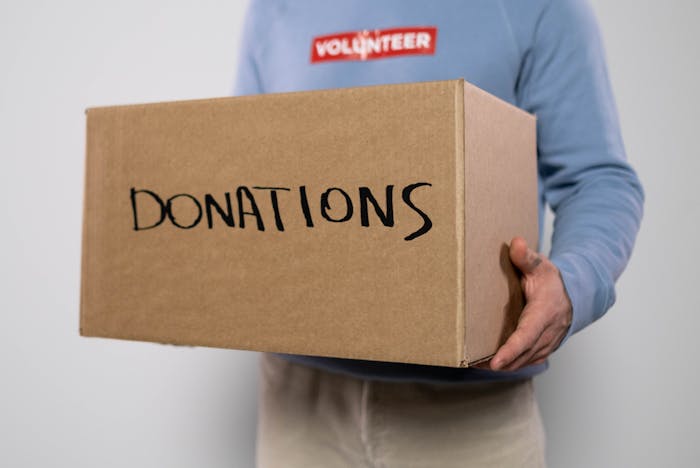Have you ever wondered how a simple act of giving can shape an entire community? Whether it’s a few dollars to a local food bank or your time volunteering at a shelter, donations play a powerful role in building better neighborhoods. Let’s explore how giving back not only helps others but also enriches the community you live in.
Understanding the Power of Donations
When we talk about donations, most people think about money. But donations can be monetary, in-kind (goods), or even time and expertise. Each type plays a unique role. Whether it’s funding a new school library or offering legal advice pro bono, every form of giving fills a gap and meets a need.
The Ripple Effect of Giving
Donating doesn’t just help one person — it creates a chain reaction. For example, helping a single parent afford groceries may give their child the energy to do better in school. That child then grows into someone who contributes back. This cycle builds a generous and resilient society.
Strengthening Local Economies
When donations go to local nonprofits or businesses, those funds often get spent right back in the community. Local food pantries hire residents. After-school programs buy supplies from nearby stores. It’s a loop that fuels local economic growth and stability.
Improving Access to Essential Services
Many communities lack adequate access to basic needs. Donations help fill those gaps. They:
- Fund healthcare clinics in underserved areas
- Provide school supplies and scholarships
- Support shelters and soup kitchens for the homeless
Without donations, many of these services wouldn’t exist.
Empowering Vulnerable Populations
Donations directly impact groups that are often overlooked:
- Seniors get mobility aids and companionship
- Children receive meals and educational tools
- Families living in poverty gain access to essentials and hope for a better future

Encouraging Civic Engagement
When you give, you’re more likely to care about what happens in your neighborhood. You start paying attention, volunteering, and getting involved in community discussions. This active participation builds stronger bonds and accountability.
Enhancing Social Cohesion
Giving connects people. It builds trust across different social, economic, and ethnic groups. When neighbors come together for a cause, those barriers fade. Community picnics, charity events, and donation drives become moments of unity.

Donating Beyond Money
Don’t have cash to spare? No problem. Your time and skills are equally valuable. From tutoring kids to fixing plumbing at a community center, local contributions like these often have the deepest impact. You’re not just helping — you’re building relationships.
Donations Fuel Local Innovation
Many exciting community projects are born from donations. Art murals, literacy programs, food forests — they all start with local support. These efforts inspire creative solutions to local problems, leading to a more vibrant, self-sustaining society.
Emergency Response and Disaster Relief
When natural disasters strike, local donations can be a lifeline. Community centers turn into shelters. Volunteers organize aid. Donated food and supplies get to those in need faster than national systems. Communities save themselves — with help from within.
Case Studies of Impactful Donations
Consider the town of Greenfield, where a community garden funded by small donations now feeds over 150 families. Or the youth center in Brookville, funded by one retired teacher’s bequest. These aren’t just stories — they’re proof that donations work.
The Role of Businesses in Local Giving
Local businesses can play a massive role by sponsoring events, donating profits, or offering employee volunteer programs. This isn’t just good PR — it builds customer loyalty and makes businesses a vital part of their community.
How to Start Giving Back
Want to make a difference but not sure where to begin? Here’s how:
- Pick a cause close to your heart
- Set a monthly donation goal, even if small
- Look for reputable local nonprofits
- Volunteer on weekends
- Encourage friends and family to join you
Start small. Stay consistent. Impact will follow.
Barriers to Donations and How to Overcome Them
Many hesitate to donate due to financial constraints or distrust. But:
- You can donate time instead of money
- Research trustworthy organizations
- Start with micro-donations — $5 can matter
- Talk to others about what they’re doing locally
Don’t let doubt stop you from doing good.
Conclusion
Donations aren’t just kind gestures. They’re the building blocks of thriving communities. From education to emergency aid, from the elderly to the youth — every dollar, every hour, every act strengthens the fabric of society. Let’s all be part of the solution.
FAQs
1. Can small donations really make a difference?
Yes. Many programs rely on collective small donations. Even $5 monthly from many donors adds up fast.
2. How do I know if a charity is trustworthy?
Check reviews, certifications, and how they report fund usage. Look for transparency in operations.
3. What are some in-kind donations I can give?
Clothes, food, books, toys, electronics, furniture — anything usable by others is helpful.
4. Do local businesses benefit from donating?
Absolutely. It boosts community image, increases loyalty, and creates customer goodwill.
5. How can I encourage my workplace to give back?
Suggest matching donation programs or organize a team volunteer day. Start small and build interest.


